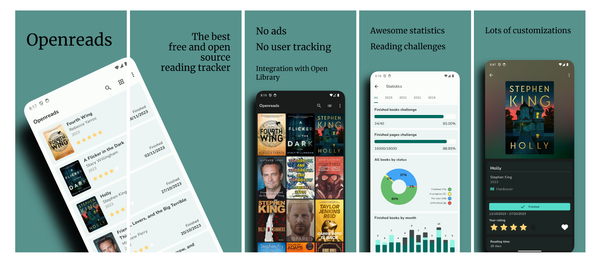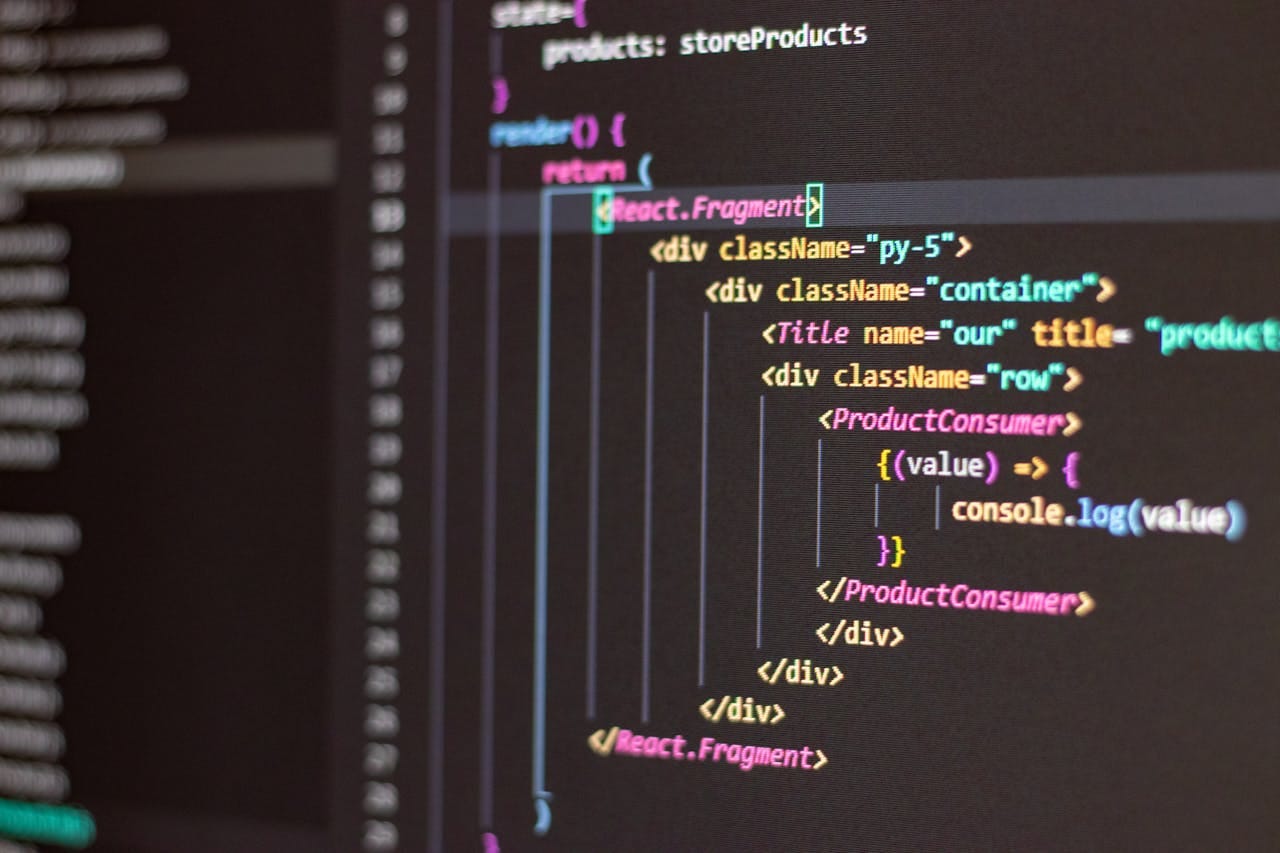Choosing the Right Mobile Development Technology for Your Mobile App, Flutter, Hybrid, React Native, and Native!
Choosing the Right Mobile Development Technology: A Comprehensive Guide
Are You Truly Ready to Put Your Mobile or Web App to the Test?
Don`t just assume your app works—ensure it`s flawless, secure, and user-friendly with expert testing. 🚀
Why Third-Party Testing is Essential for Your Application and Website?We are ready to test, evaluate and report your app, ERP system, or customer/ patients workflow
With a detailed report about all findings
Contact us nowTable of Content
Choosing the right mobile development technology can significantly impact your project's success. This guide will explore Flutter, React Native, Ionic, Swift, SwiftUI, and Kotlin, highlighting the pros and cons of each to help you make an informed decision.
1. Flutter
Flutter, developed by Google, is an open-source UI software development kit (SDK) for building natively compiled applications for mobile, web, and desktop from a single codebase.
Pros:
- Fast Development: Hot Reload feature allows for quick iteration.
- Single Codebase: Write once, run on both iOS and Android.
- Rich UI Components: Customizable widgets for a native look and feel.
- Strong Community and Support: Backed by Google with extensive documentation and community support.
Cons:
- Large App Size: Initial app size can be larger than native apps.
- Limited Libraries: While growing, the ecosystem is smaller compared to native platforms.
- Platform-Specific Issues: May require platform-specific code for certain features.
When to Use:
Ideal for projects that need to target both iOS and Android with a single codebase and require a high-quality UI.

2. React Native
React Native, developed by Facebook, allows developers to build mobile apps using JavaScript and React. It enables writing real, natively rendering mobile applications for iOS and Android.
Pros:
- Hot Reloading: Fast development cycle.
- Reusable Code: Share a significant amount of code between platforms.
- Large Ecosystem: Extensive libraries and tools available.
- Community Support: Strong community and corporate backing.
Cons:
- Performance: Not as fast as native apps in some cases.
- Native Code Required: May need native modules for certain functionalities.
- Complex Debugging: Can be more challenging to debug than native apps.
When to Use:
Best for projects that benefit from reusable components and code, especially if you're already familiar with React.

3. Ionic
Ionic is an open-source SDK for hybrid mobile app development, utilizing web technologies like HTML, CSS, and JavaScript with integration with Angular, React, or Vue.
Pros:
- Web Technology: Easy to learn for web developers.
- Single Codebase: Write once, run everywhere.
- Rich Plugin Ecosystem: Access to native device features through plugins.
- Quick Prototyping: Fast to develop and iterate.
Cons:
- Performance: May not be as performant as native apps, especially for heavy animations.
- Plugin Dependency: Reliant on third-party plugins for native functionality.
- WebView Issues: Runs inside a WebView, which can lead to inconsistent performance.
When to Use:
Ideal for rapid prototyping and apps that don't require heavy native performance.
4. Swift
Swift is Apple's powerful and intuitive programming language for iOS, macOS, watchOS, and tvOS development.
Pros:
- Performance: Near-native performance.
- Safety: Strong type system and error handling.
- Modern Syntax: Easy to read and write.
- Interoperability: Can work alongside Objective-C.
Cons:
- iOS Only: Limited to Apple platforms.
- Learning Curve: May be steep for beginners.
- Less Flexibility: Requires a Mac for development.
When to Use:
Best for apps requiring high performance and deep integration with iOS features.
5. SwiftUI
SwiftUI is a UI framework by Apple that allows developers to build user interfaces for all Apple platforms using Swift.
Pros:
- Declarative Syntax: Simple and intuitive UI building.
- Integration with Swift: Seamless integration with Swift.
- Cross-Platform Apple Support: Works across iOS, macOS, watchOS, and tvOS.
- Future-Proof: Apple's focus for future UI development.
Cons:
- iOS Only: Limited to Apple platforms.
- Maturity: Still evolving with some features lacking.
- Learning Curve: Requires understanding of declarative programming.
When to Use:
Ideal for building modern, cross-platform Apple applications.
6. Kotlin
Kotlin is a statically typed programming language developed by JetBrains, fully interoperable with Java and officially supported for Android development by Google.
Pros:
- Interoperability: Works seamlessly with Java.
- Modern Syntax: Concise and expressive code.
- Null Safety: Reduces null pointer exceptions.
- Multiplatform Projects: Can share code between Android, iOS, and web.
Cons:
- Android Focused: Primarily for Android, though multiplatform support is growing.
- Learning Curve: New syntax and paradigms for Java developers.
- Community Size: Smaller compared to Java.
When to Use:
Best for Android development, especially if you want to leverage modern language features and potentially share code across platforms.
Conclusion
Choosing the right technology depends on your project's specific needs, team expertise, and target platforms. Here's a quick summary to help you decide:
- Flutter: Best for cross-platform apps with rich UIs.
- React Native: Great for cross-platform development with a strong JavaScript/React background.
- Ionic: Ideal for rapid prototyping and web technology-based apps.
- Swift/SwiftUI: Perfect for high-performance, native iOS applications.
- Kotlin: Best for modern Android development and potential cross-platform projects.
Tips to Help Developers Choose the Right Tech
- Identify Project Requirements:
- Platforms (iOS, Android, both)
- Performance needs
- UI complexity
- Existing expertise
- Evaluate Each Technology:
- Review the pros and cons listed above.
- Consider long-term support and community activity.
- Prototype:
- Build a small prototype with 1-2 chosen technologies.
- Evaluate performance, development speed, and ease of use.
- Consider Team Expertise:
- Choose technologies that align with your team's skills.
- Plan for learning and training if adopting new tech.
- Plan for Scalability:
- Ensure the chosen technology can support future growth.
- Consider the ecosystem and available libraries/plugins.
By following these steps, you can make an informed decision that aligns with your project's goals and your team's capabilities.












